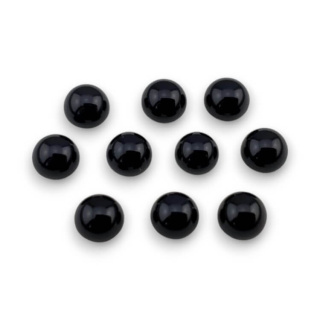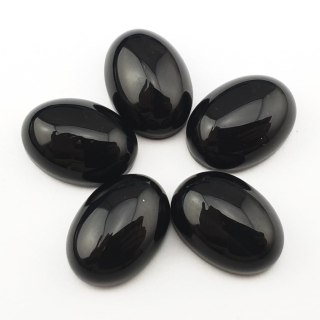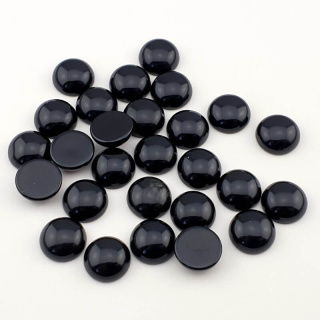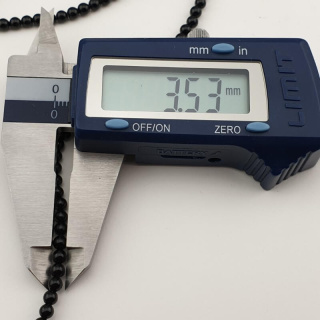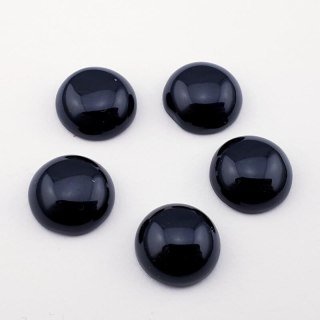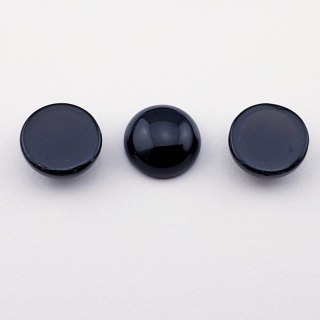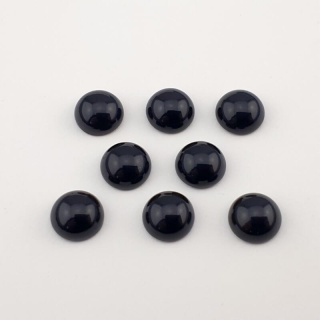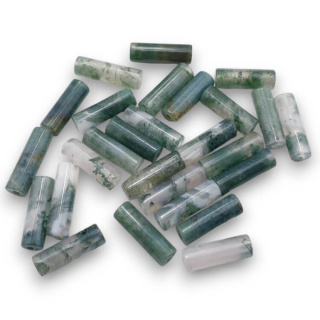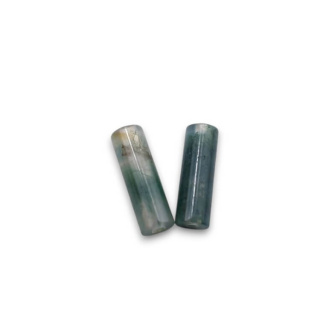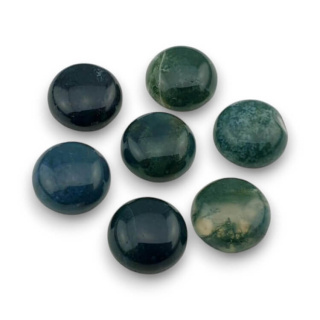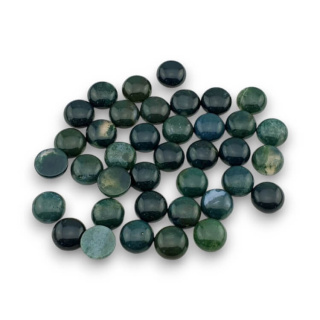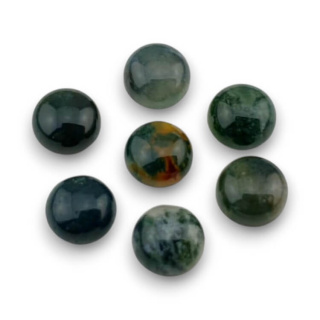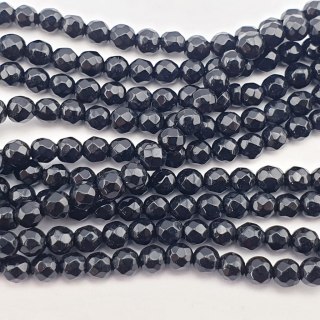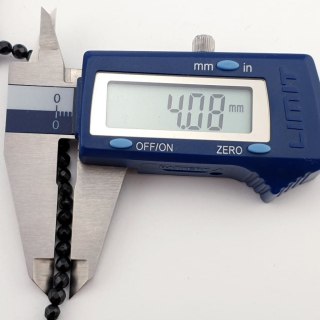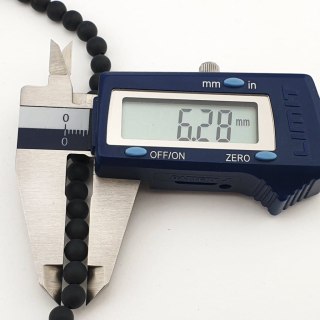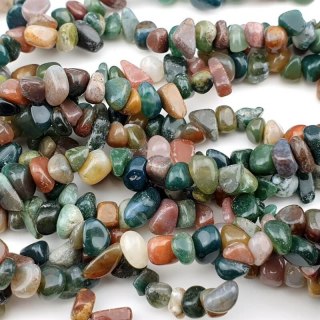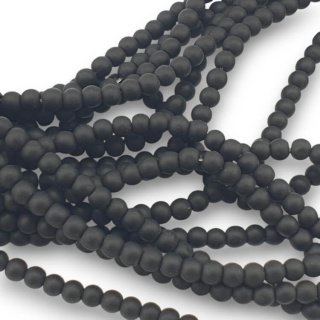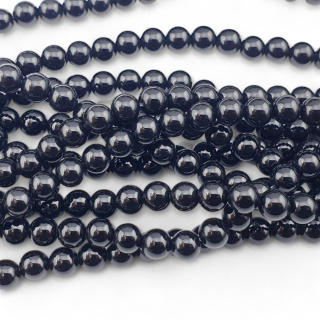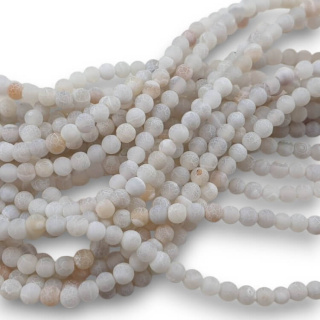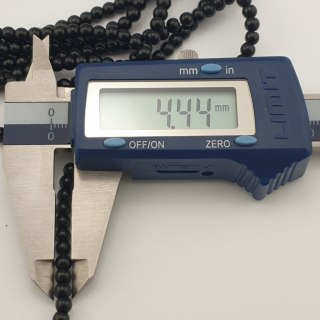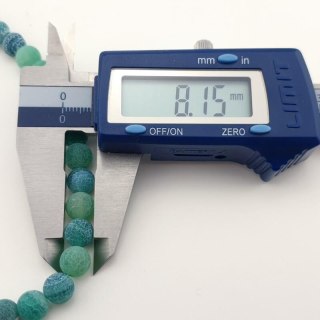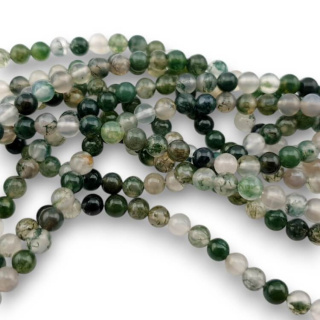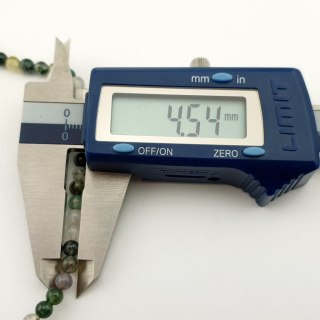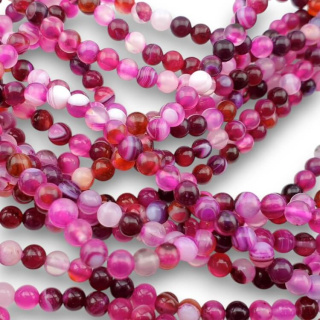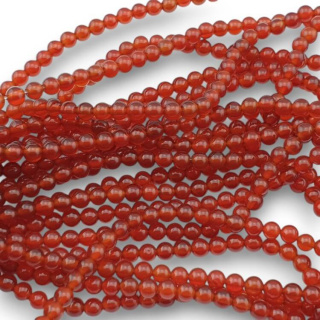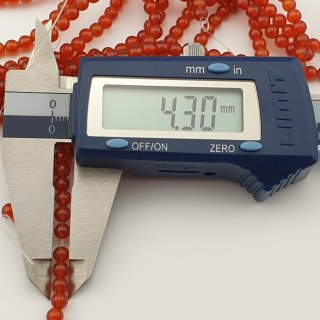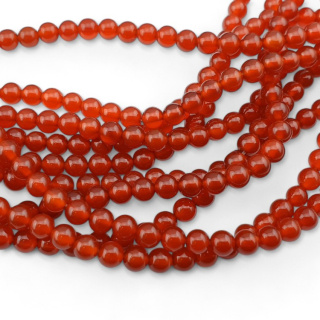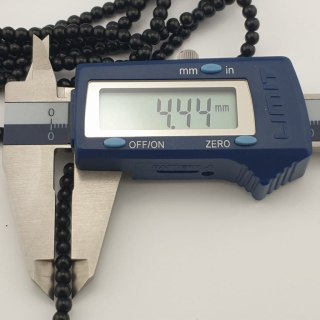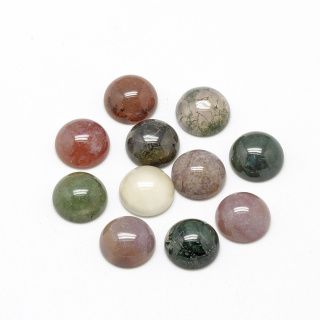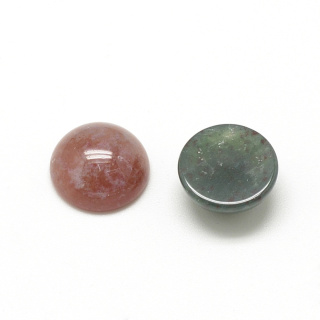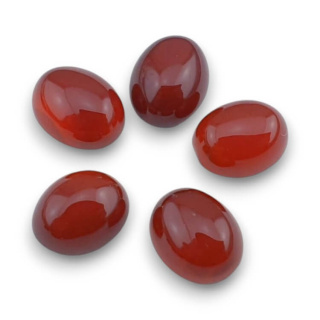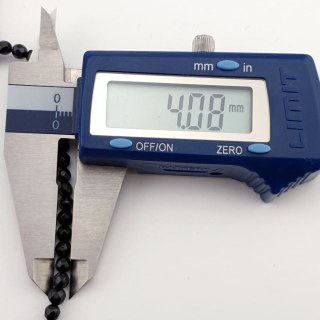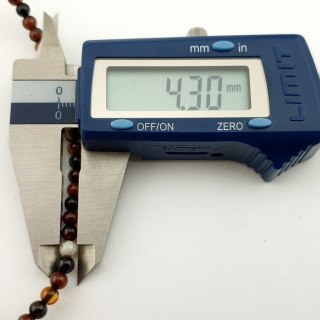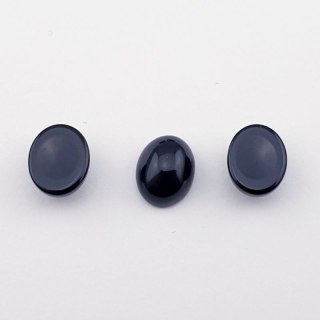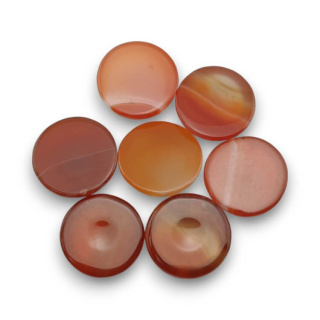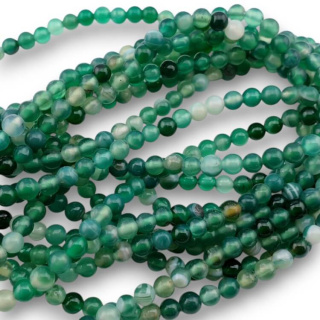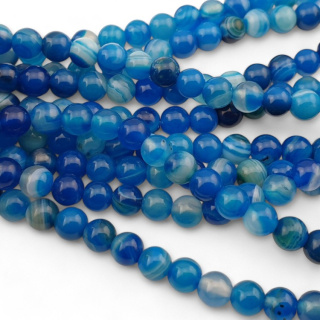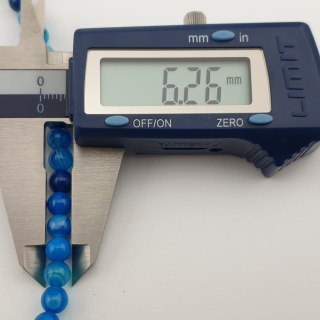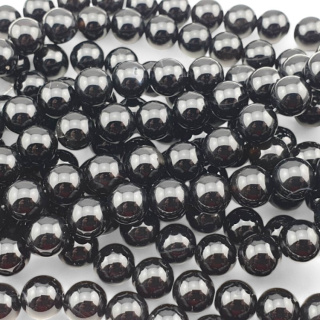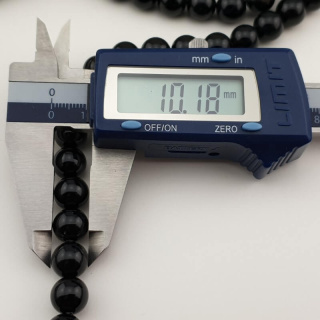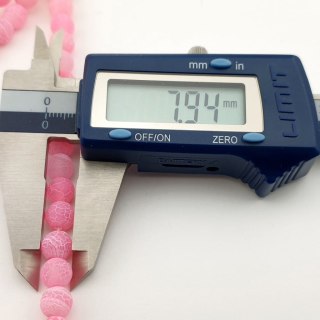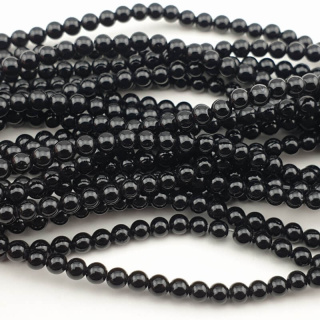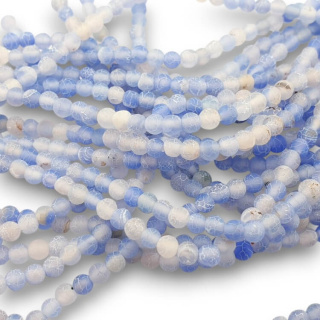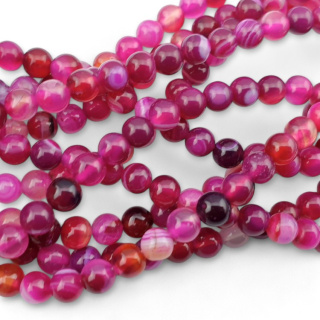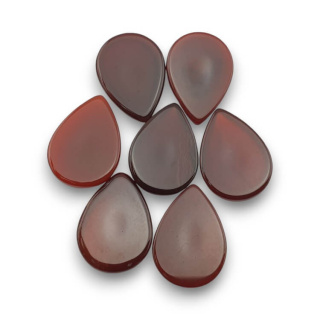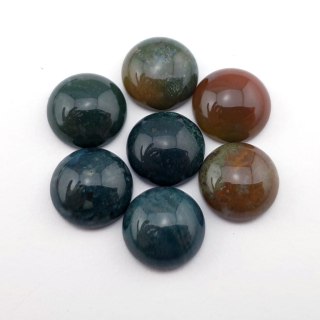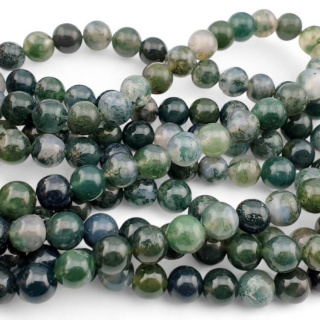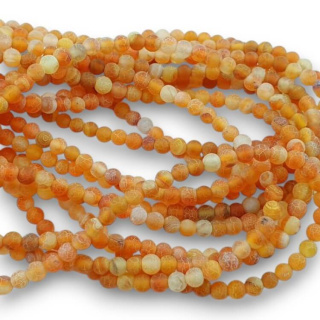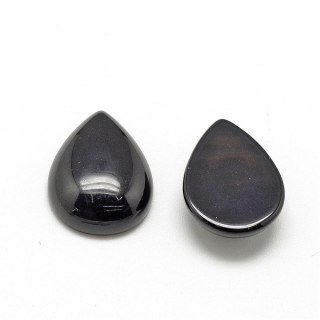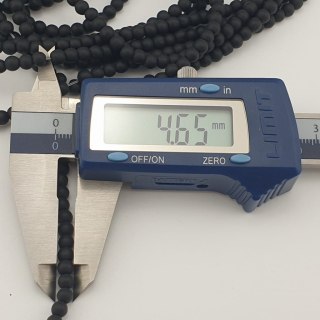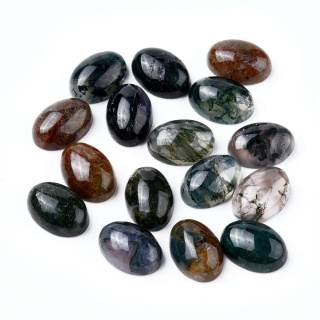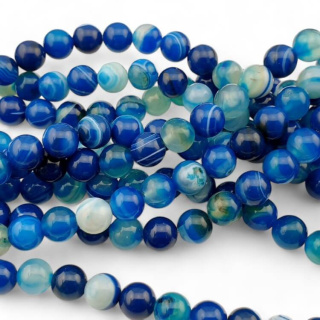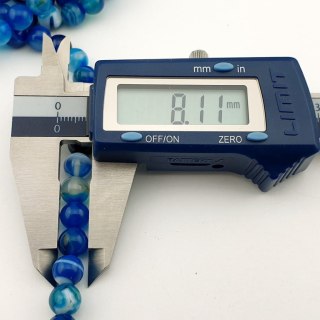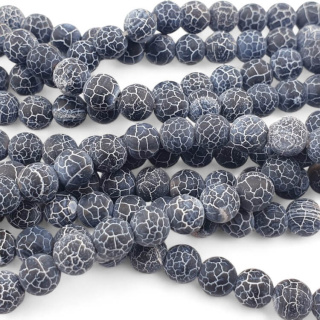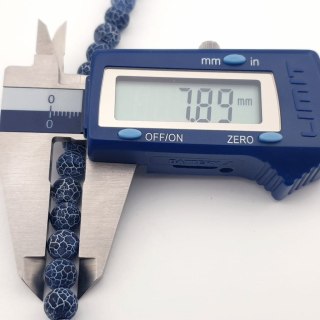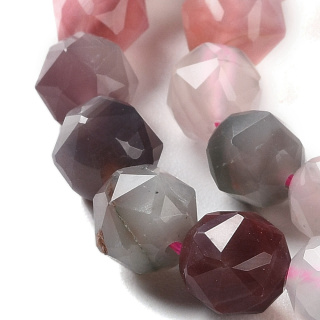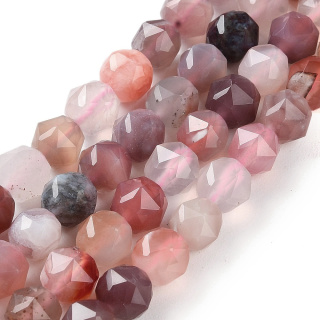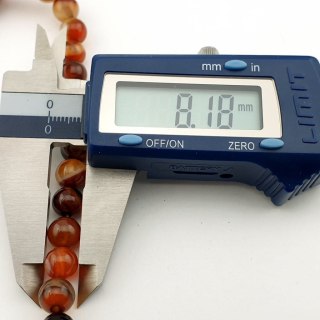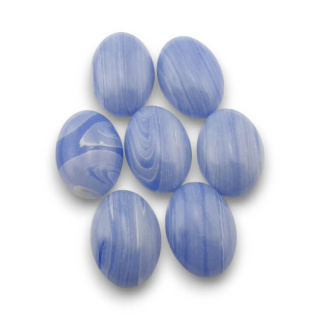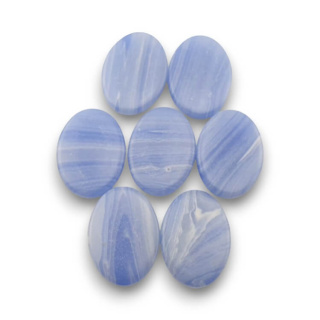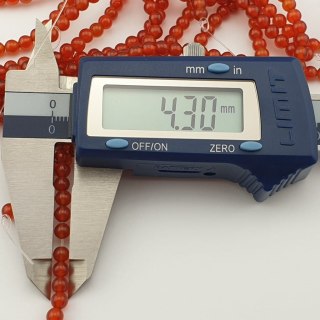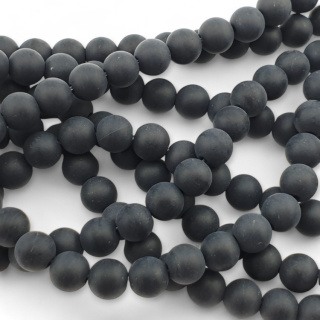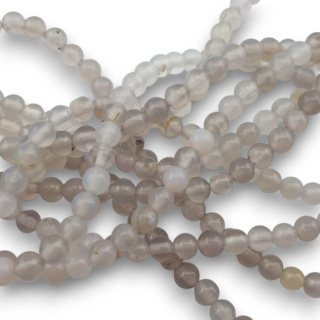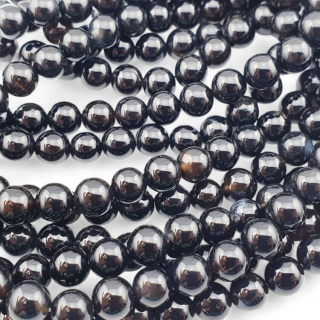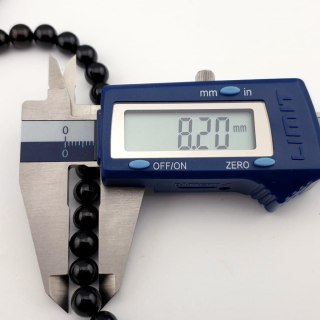Agate natural stones – unique gifts of nature within your reach!
Number of products : 1708What is agate?
Agate is a type of mineral that is a popular and highly valued gemstone and material for jewelry. It is a form of chalcedony, which in turn is a variety of silica, a mineral from the silicate group.
Agate is known for its variety of colors and colorful bands, which makes it an attractive raw material for the production of ornaments.
The origin of agate – what geological processes lead to its formation?
Agate is formed as a result of geological processes involving the deposition and crystallization of silica in porous areas of rocks, such as volcanic and sedimentary rocks. Here are the main geological processes that lead to the formation of agate:
- Silica deposition: The first step in the formation of agate is the deposition of silica (silicon dioxide, SiO2) from an aqueous solution. Water saturated with silica, which contains dissolved silica molecules, must be in the right conditions for crystallization.
- Porous host rocks: Agate often forms in porous host rocks such as basalts, rhyolites, dolomites, and limestones. These rocks have microcracks, voids, or cavities that can be filled with silica during the deposition process.
- Solvents: The process of silica deposition can be facilitated by the presence of various chemicals in the water that act as solvents. For example, the presence of silicates, iron oxides, manganese, or aluminum can affect the color and pattern of agate.
- Crystallization: Silica crystallizes inside the pores of the host rock, gradually filling them. This process can take a very long time, even millions of years, which is why agate can display beautiful and complex patterns.
- Patterns and colors: The patterns and colors of agate often result from various impurities or other minerals that may be present during the crystallization process. For example, milky agate contains microscopic fibers that scatter light and give it a milky appearance.
It is worth noting that agate is a popular gemstone, and the colors and beautiful patterns of agate are the result of these geological processes. Each agate is unique, and its appearance depends on the geological conditions in which it is formed.
Where is agate a particularly common mineral?
Yes, there are places in the world where agate is a particularly common mineral and where it can be mined in large quantities. Here are some well-known places in the world where agate is a common mineral:
- The Urals in Russia: The Urals is a region in Russia that is famous for its variety of minerals, including agate. Agates found in the Urals often display beautiful patterns and colors.
- Brazil: Brazil is one of the largest producers of dendritic agate in the world. Agate is found in many different locations here, including the state of Rio Grande do Sul. Brazilian agates of a variety called “dendritic agates” are also well known for their beautiful, branch-like patterns.
- United States: In the United States, agate can be found in various states, such as Arizona, California, Oregon, and New Mexico. Arizona agate is particularly known for its beautiful patterns and colors.
- Australia: Agate is also a common mineral in Australia. Areas such as Queensland and New South Wales are famous for agate mining.
Mexico: Mexico is another country where agate can be found. Agates from the Chihuahua area are particularly well known.
These are just a few examples of places around the world where agate is a common mineral. It is worth noting that there are other locations where agate can be found, many of which are prized by mineral collectors and treasure hunters for the variety of types and beauty of this stone.
Uses of natural agate in jewelry and jewelry design
Agate is widely used in jewelry and jewelry design due to its attractive aesthetics, variety of colors and patterns, and availability. Here are some of the uses of natural agate in this field:
- Rings: Agate is often used to make engagement rings and other types of rings. It can be used as a center stone or as a decoration on a band.
- Necklaces: Agate can be set in silver, gold, or other materials to create striking necklaces. The different colors and shapes of agate allow for a variety of designs.
- Bracelets: Agate bead bracelets are popular due to the variety of colors and textures of the stones.
- Earrings: Small agates are often used to make earrings, both dangling and stud.
- Brooches: Agate can be used to make brooches, which can be an elegant addition to an outfit.
- Wedding rings: Agate can be incorporated into wedding rings as a center stone or as a decorative element.
- Sculptures and inlays: Agate stones are sometimes used to create sculptures or as inlay elements in jewelry, clocks, and other artistic items.
- Amulets and talismans: Agate is considered a stone with protective and healing properties in some traditions, which is why it is often worn as an amulet or talisman.
- Esoteric jewelry: In esoteric practices, agate is often used as a stone representing various qualities and energies, making it popular in esoteric jewelry.
Agate is a valued stone in jewelry because of its durability, variety, and availability at different price points. Its adaptability to different styles and preferences makes it a popular choice for jewelry designers and customers.
Ways to clean agate
Proper care of agate jewelry will help preserve its beauty and durability for many years. Here are some tips for cleaning and caring for agate jewelry:
- Avoid contact with chemicals: Agate is sensitive to certain chemicals, such as hydrochloric acid, ammonia, and chlorine. Try to avoid contact between agate jewelry and harsh chemicals.
- Protect from impact: Agate is a relatively hard mineral, but it can be scratched or damaged by impact or mechanical shock. Protect your agate jewelry from impact or falls.
- Avoid prolonged exposure to sunlight: Prolonged exposure of agate to direct sunlight may cause it to change color or fade. Try to store agate jewelry in a place away from direct sunlight.
- Gently clean agate: To clean agate, use mild soap and lukewarm water. Then, carefully clean the stones with a soft brush or soft cloth to remove any dirt.
- Avoid soaking: Do not immerse agate jewelry in water for long periods of time, as this may affect the quality of the adhesive used to bond the stones. If the jewelry is heavily soiled, keep contact with water to a minimum.
- Dry storage: After wearing agate jewelry, dry it gently with a soft cloth and store it in a dry place. Avoid storing it in damp or warm places.
- Regular inspection: Periodically check your agate jewelry to make sure there is no visible damage or loose stones. If necessary, take the jewelry to a jeweler for repair.
Remember that agate jewelry may exhibit different properties depending on the specific stone, so it is a good idea to tailor your care methods to your individual needs and the guidelines provided by the manufacturer or jewelry retailer. Taking good care of your agate jewelry will help preserve its beauty and longevity.
Agate health properties and benefits attributed to wearing it
Agate is often attributed with various health properties and benefits in esoteric traditions and alternative medicine, although it is important to note that there is no scientific evidence to support these benefits. Here are some of the properties and health benefits attributed to wearing agate:
- Emotional stability: Agate is considered a stone that helps stabilize emotions, relieve stress and anxiety, and increase feelings of security.
- Energy protection: In esoteric tradition, agate is often considered a protective stone that is believed to ward off negative energies and external influences.
- Boosting self-confidence: Wearing agate can help increase self-confidence and self-expression.
- Facilitating concentration: Agate is sometimes used to improve concentration, perseverance, and decision-making skills.
- Spiritual healing: In some spiritual practices, agate is used as a tool for meditation and achieving deeper spiritual states.
- Physical healing: In folk tradition, agate is attributed with various healing properties, such as improving circulation, relieving pain, and aiding digestion.
- Harmonization of body and mind: Agate is often used to harmonize the body and mind, as well as to balance internal energy.
It is worth noting that beliefs about the properties of agate are often subjective and based on cultural beliefs and personal experiences. However, there is no scientific evidence to support these health benefits, so wearing agate is not a substitute for traditional healthcare. If you have specific health concerns, it is always a good idea to consult a doctor or medical professional for proper care and support. Agate jewelry is often used as decoration and a symbol of personal beliefs, as well as a form of self-expression.
In esoteric traditions and magic, agate is attributed with various magical properties, which often depend on the color and pattern of the agate. Below are some of the magical properties that are often attributed to agate:
- Protection: Agate is considered a protective stone that can help protect against negative energies, external influences, and negative emotions. It is often used as a talisman or protective amulet.
- Emotional stability: Agate is a stone of balance that helps stabilize emotions, relieve stress, anxiety, and restlessness. It also helps balance emotions and increase feelings of security.
- Spiritual development: Agate is used in spiritual and meditative practices as a tool for developing the spirit and achieving deeper spiritual states. It helps increase awareness and concentration.
- Attracting abundance: Some varieties of agate, especially those with intense colors, are believed to have the ability to attract abundance and prosperity. They are often used in work related to abundance and success.
- Boosting confidence: The energy of agate is sometimes used to support the development of confidence, assertiveness, and self-expression.
- Transformation and purification: Some varieties of agate, such as fire agate, are considered stones of transformation that aid in transformation and the purification of negative energies.
- Harmony and balance: As a stone of balance, agate is often used to work on harmony between the body, mind, and spirit, and to balance internal energy.
- Intuition development: Some varieties of agate, especially those with intense colors, are believed to have the ability to develop intuition and the senses.
It is worth noting that the magical properties and energy of agate are often subjective and based on esoteric and spiritual beliefs. Anyone who works with agate for magical purposes may have their own beliefs and methods of working with this stone. Stones such as agate are used as tools to support spiritual and meditative practices and as symbols of personal beliefs and intentions.
In numerology, the number 3 is often associated with creativity, self-expression, optimism, and expression. It is a number of creativity and enthusiasm. The Svadhishthana Chakra, also known as the sacral chakra, is the chakra associated with emotions, sexuality, creativity, and a sense of joy. It is an energy center located in the lower abdomen, which is considered the seat of emotions and creativity.
Agate, due to its variety of colors and beautiful patterns, is sometimes associated with the energy of creativity and expression, which fits in with the properties of the number 3 and the sacral chakra. Wearing agate jewelry or meditating with agate can be seen as a way to stimulate creative energy, express oneself, and develop creativity.
Using agate in practices related to the sacral chakra can help balance emotions, increase feelings of joy, improve interpersonal relationships, and develop creative and artistic abilities.
However, it is important to remember that interpretations and beliefs related to gemstones and numerology are subjective and based on esoteric beliefs. Each person may experience stones and their properties differently, so it is important to choose practices and natural stones that resonate with your individual needs and beliefs.
The earth element and the planet Mercury and their connections to agate
Agate is a stone associated with the earth element and is sometimes attributed to the planet Mercury. Let me explain these connections:
- The earth element: natural stones associated with the earth element, which includes agate, are often associated with qualities such as stability, durability, calmness, and harmony. Agate is a stone with earthy properties, which means it helps maintain balance and stability, both emotionally and physically. It is often used to work on the chakras associated with the earth element, such as the root chakra (Muladhara).
- Planet Mercury: In astrology, the planet Mercury is associated with communication, intellect, learning, communication, and the ability to express oneself. Mercury is a fast-moving planet, symbolizing its dynamism and changeable nature. Agate is sometimes associated with Mercury because of its ability to increase mental clarity, improve concentration, and help express thoughts and feelings. It can also help with understanding and communicating ideas.
In esoteric and meditative practices, agate is often used to work on the chakras associated with the earth element, such as the root chakra, to stabilize and calm emotions. At the same time, thanks to its connection with Mercury, agate can help develop communication skills, creativity, and thinking. As a stone with both earthly and intellectual properties, agate combines these two spheres and can be used in various aspects of spiritual and magical practices.
![[{[item.product.name]}]]([{[item.product.photo.url]}] 75w)




.jpg)







